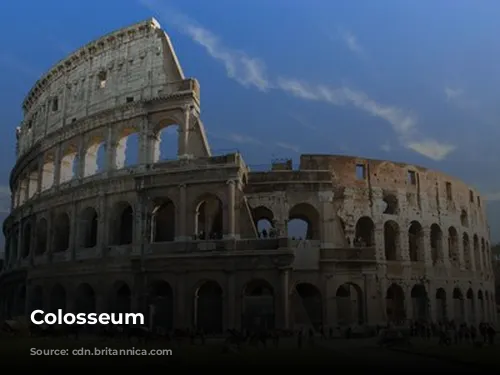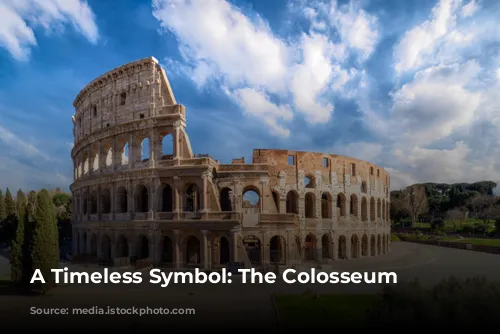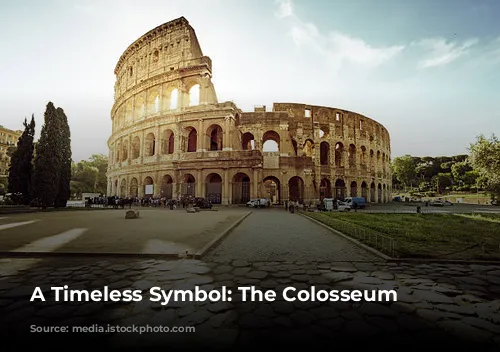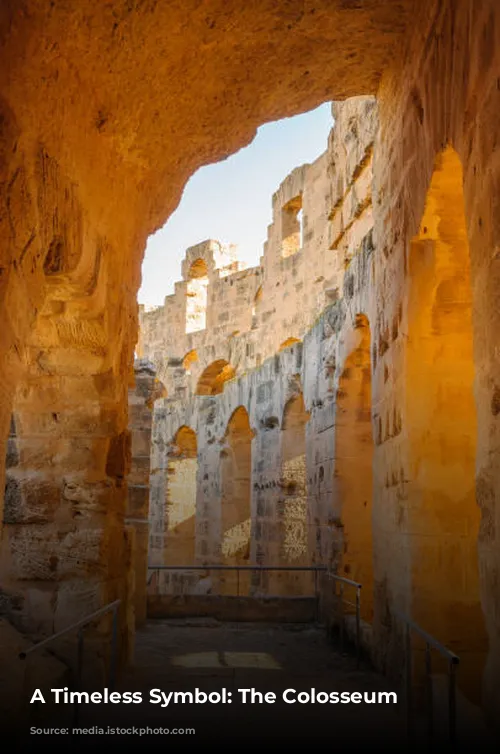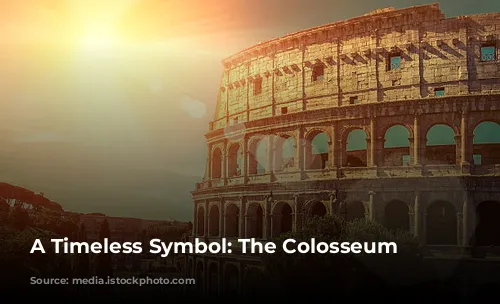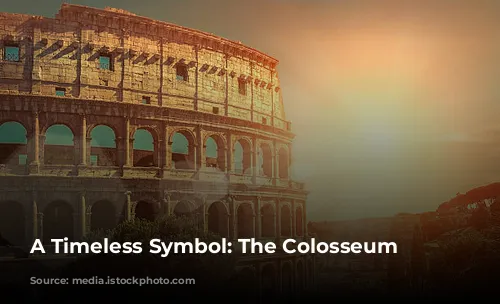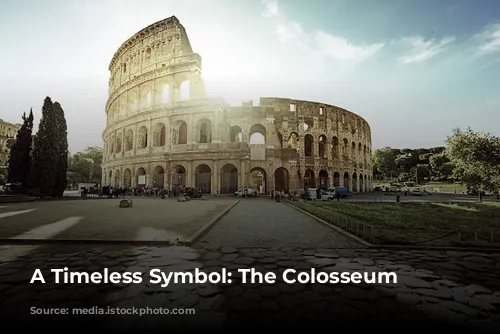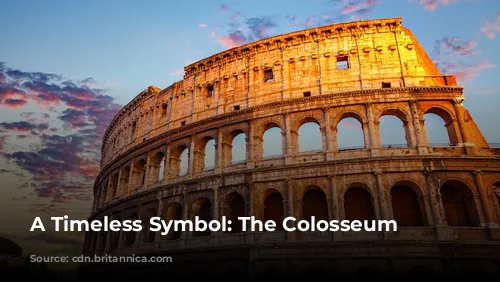Standing tall amidst the bustling city of Rome, the Colosseum serves as a poignant reminder of the Roman Empire’s grandeur and ingenuity. It’s a testament to their architectural brilliance and engineering prowess, captivating visitors with its sheer scale and intricate design. This iconic landmark not only attracts millions of tourists each year but also plays a crucial role in boosting Italy’s economy, generating substantial revenue.
In 2018, the Colosseum, Roman Forum, and Palatine Hill collectively drew in over $63.3 million (€53.8 million), solidifying their position as the top tourist attraction in Italy. The allure of ancient Rome continues to draw visitors from all corners of the globe, eager to step back in time and witness the remnants of a once-mighty empire.
A Monument of Entertainment and Endurance
The Colosseum was born from the ashes of a tumultuous period in Roman history, the “Year of the Four Emperors,” in 69 CE. It represented Emperor Vespasian’s bold attempt to revive Rome’s spirit and restore its former glory. Like other amphitheaters across the empire, the Colosseum was envisioned as a grand spectacle, a place for showcasing Roman power and entertaining the masses.
From gladiatorial combats and animal hunts to mock naval battles, the Colosseum served as a stage for a wide range of entertainment. Its purpose was to unite the people under a common spectacle, providing a thrilling escape from the daily grind.
A Symbol of Power and Legacy
Construction of the Colosseum began under Emperor Vespasian between 70 and 72 CE, and it was officially dedicated by his son, Emperor Titus, in 80 CE. Emperor Domitian, Vespasian’s successor, oversaw the completion of the fourth story in 82 CE. This magnificent structure was built using plunder from Titus’s conquest of Jerusalem, a stark reminder of the Roman Empire’s might and the tragic consequences of its expansion.
The Colosseum stands as a symbol of both the Roman Empire’s prowess and its enduring legacy. Its immense size and intricate design are a testament to the Roman’s mastery of architecture and engineering. Today, it serves as a powerful reminder of the empire’s lasting influence on the world.
A Glimpse into Ancient Rome
The Colosseum, or Flavian Amphitheatre, is an elliptical structure, built with stone, concrete, and tuff. Towering four stories high, it spans an impressive 620 by 513 feet (189 by 156 meters), capable of accommodating up to 50,000 spectators.
This massive structure was the heart of Rome’s public life, providing a venue for gladiatorial combats and other thrilling events. Its design reflects a sophisticated understanding of engineering and architecture, allowing for a dynamic experience for both performers and spectators.
A Majestic Architectural Wonder
The Colosseum stands as a testament to the ingenuity of Roman architecture. Unlike earlier amphitheatres, which were often built into hillsides for support, the Colosseum is a freestanding structure, relying on a complex network of barrel and groin vaults. The exterior is adorned with three tiers of arcades, each with engaged columns following the Doric, Ionic, and Corinthian orders, showcasing the progression of architectural styles.
The Colosseum’s construction involved a blend of materials, including travertine, volcanic tufa, and concrete, highlighting the Romans’ mastery of construction techniques. The structure’s sheer size and intricate design are a testament to their ability to combine beauty with functionality.

A Spectacle for the Masses
The Colosseum was designed to provide a breathtaking spectacle for its large audience. A retractable awning, known as a velarium, provided shade from the sun. Hundreds of sailors were responsible for manipulating the rigging that extended and retracted the velarium, ensuring a comfortable viewing experience for the spectators.
From gladiatorial battles to contests between men and animals, the Colosseum hosted a wide variety of events. The roar of the crowd, the clash of swords, and the thrill of the hunts created an unforgettable experience for those who witnessed these events.

A Legacy of Endurance
Despite the passage of time, the Colosseum remains a powerful symbol of the Roman Empire’s grandeur. It has endured the ravages of time, serving as a church, a fortress, and even a quarry. Its story is one of resilience and transformation, reflecting the ebb and flow of history.
In the 19th century, preservation efforts began in earnest, recognizing the Colosseum’s historical and cultural significance. This led to restoration projects in the 1990s, ensuring that this monument would continue to stand tall for generations to come. Today, the Colosseum remains a major tourist attraction, drawing millions of visitors each year, eager to experience the grandeur of ancient Rome.
The Colosseum is more than just a ruin; it is a window into a bygone era, a testament to the enduring power of human creativity, and a source of endless fascination for generations to come.
